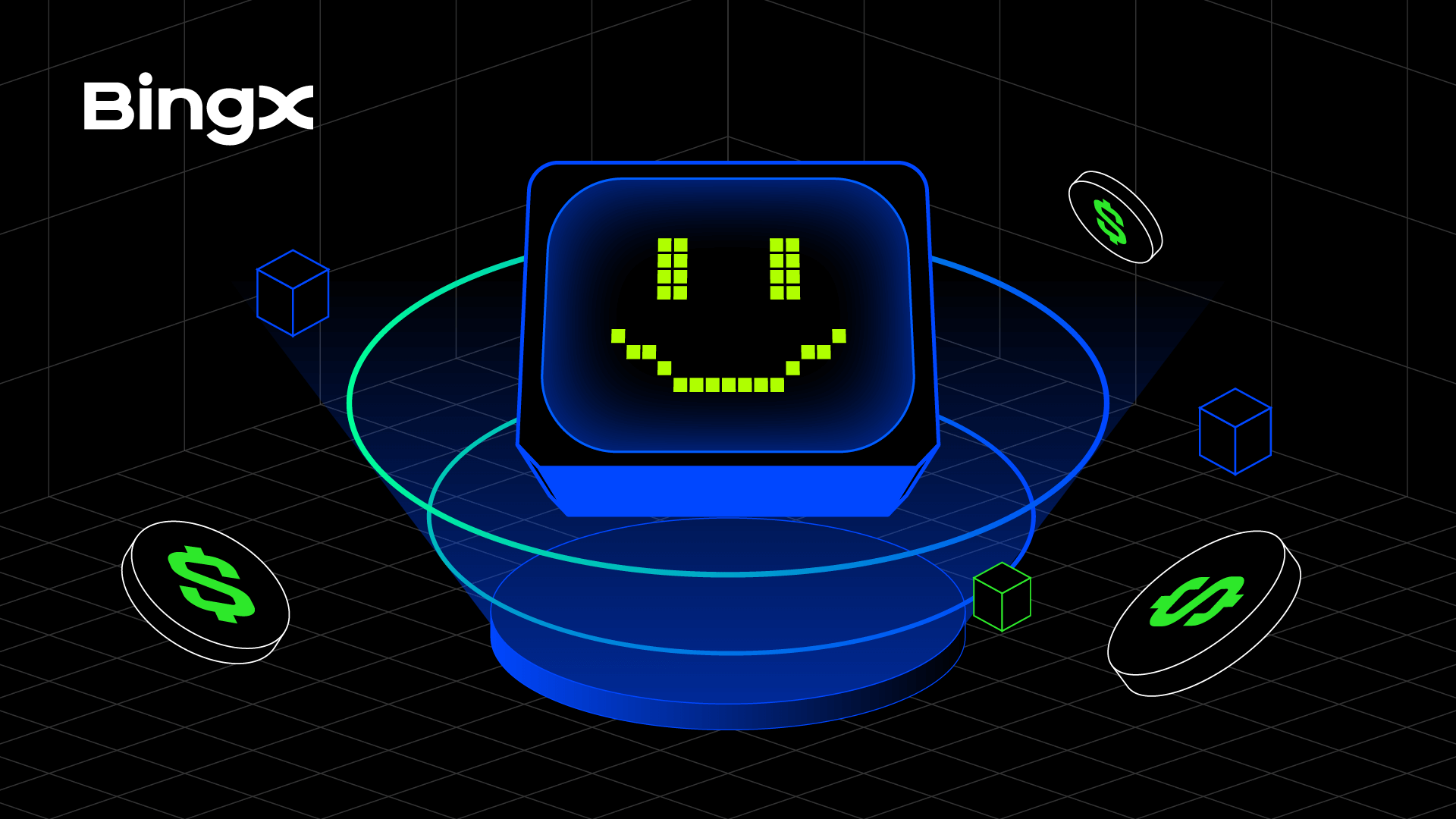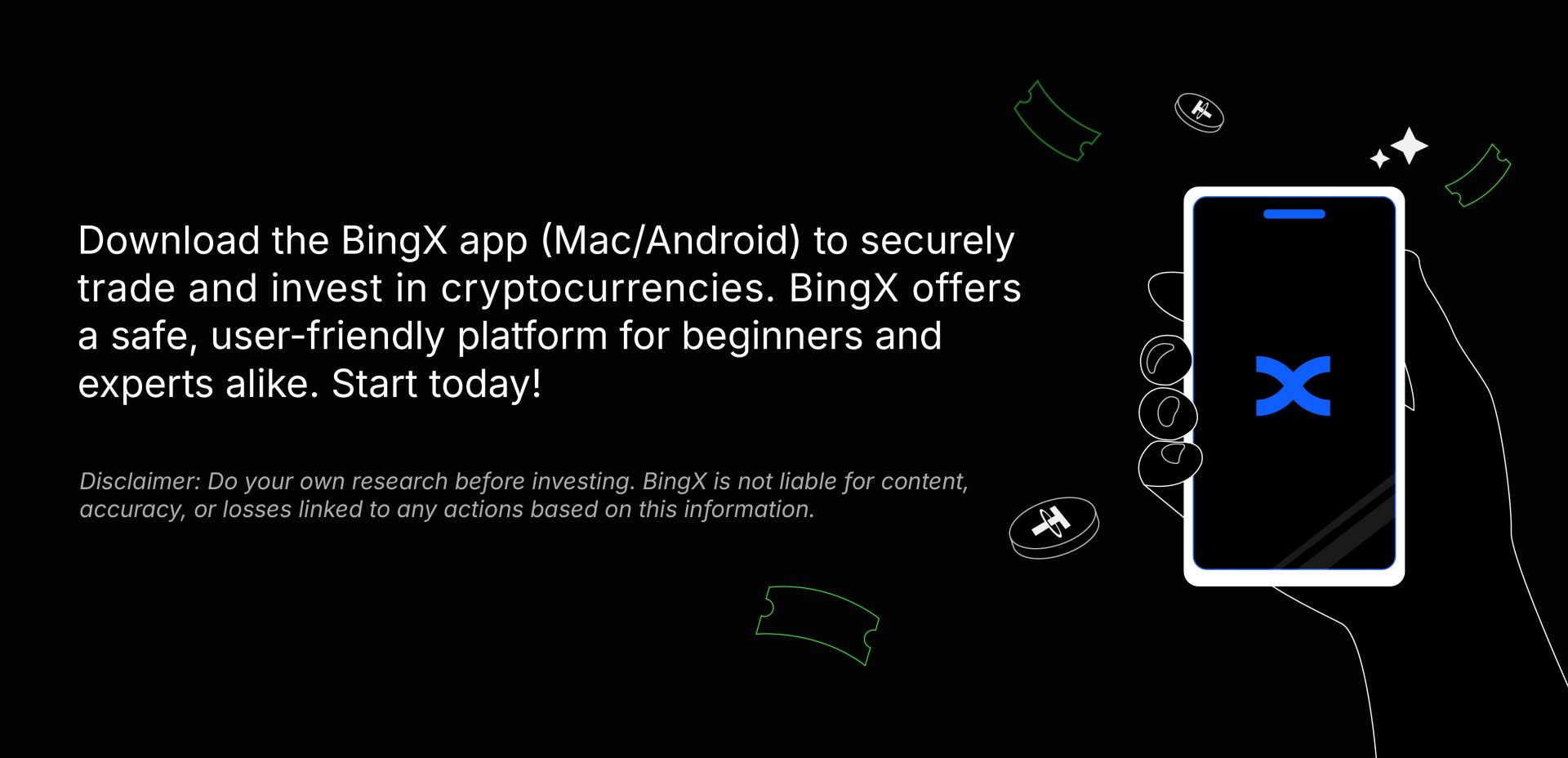
Ethereum’s core strength has always been its neutrality—the “dumb pipe” ethos that any valid transaction should be processed, no questions asked. But as block production becomes increasingly concentrated among a few builders, that neutrality faces risk. Enter FOCIL (Fork-Choice Enforced Inclusion Lists), a technical proposal designed to strengthen censorship resistance at the protocol level.
What Is FOCIL?
Under standard operation, Ethereum selects a single proposer per slot to build each block—creating a scenario where one actor holds veto power over transaction inclusion. FOCIL changes this by introducing multiple proposers per slot—specifically, 17. Only one proposer retains the privilege to determine the transaction order, but crucially, the other 16 must have their chosen transactions included somewhere in the block. These auxiliary proposers bear a much lighter workload, such as merely validating transactions—not calculating full state roots—making it feasible for them to participate more broadly.
How It Works
FOCIL operates through a committee-based inclusion list (IL) mechanism (EIP‑7805). Each slot, a group of validators—called IL committee members—gathers pending transactions from the public mempool and broadcasts a local inclusion list. The designated proposer aggregates these local ILs and includes them in the block payload. If these ILs are not honored, attesters may refuse to validate the block—thus enforcing inclusion across all committee members.
This architecture ensures that even if dominant builders control most blocks, they cannot silently censor transactions. One honest auxiliary proposer suffices to guarantee inclusion.
Why the Debate?
While widely lauded for reinforcing neutrality, FOCIL raises legitimate concerns—especially regarding legal exposure. Ethereum developer Ameen Soleimani warns that forcing inclusion of all transactions, including those from sanctioned addresses, could expose U.S. validators to criminal liability. By removing the discretion to filter, FOCIL may unintentionally clash with regulatory compliance frameworks.
Moreover, FOCIL currently depends on altruistic behavior: auxiliary proposers include transactions without explicit financial incentives. Research is underway to design transaction fee mechanisms (TFMs) that reward auxiliary proposers and strengthen FOCIL’s real-world viability.
The End Result?
For developers, validators, and users rooted in Ethereum’s principles of fairness and access, FOCIL represents a meaningful step toward preserving the chain’s neutrality against centralization. If implemented carefully and with legal clarity, this multi-proposer model could redefine censorship resistance as a protocol guarantee—not just a virtue.
Ethereum’s promise rests on openness and resilience. FOCIL may be the structural safeguard it needs to stay true to that promise in a shifting crypto landscape.
Related Reading
